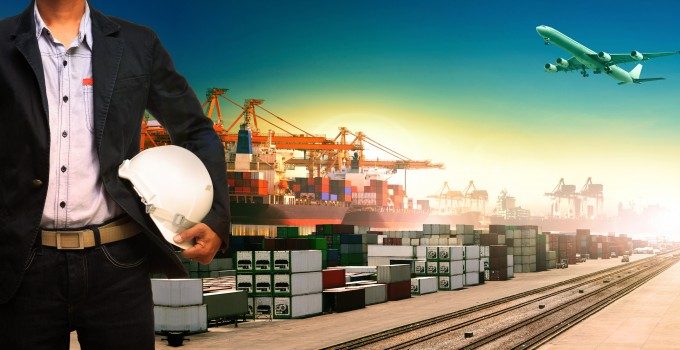Rich, resourceful and real: Qatar Airways Cargo is a rival to be feared - or joined
Qatar Airways means business. This carrier is not playing at cargo. It has big ambitions, ...

Container port capacity in the Middle East is set to rocket, as ports from the entrance of the Straits of Hormuz all the way to the upper Gulf are likely to add some 11.4m teu in capacity in the next two years.
That figure – broadly ...

Comment on this article
Peter Ford
December 10, 2013 at 7:29 amThere are ports being expanded and built with little to no regard for actual demand. Nations are adding capacity to the region in pursuit of mimicking infrastructure success stories, but without the knowledge of the market to duplicate the success. These monuments, developed (or developing) in parts of the region that need improved capacity but not more capacity, only distort the supply side figures and cause those ports in locations where additional capacity is needed to second guess their investments. A new port with 5 or 6 million TEU capacity located in an area that has 0-800k demand is almost irresponsible.
Gavin van Marle
December 10, 2013 at 12:56 pmA very well considered comment Peter. You have far greater knowledge of this particular sector than I, although I would presume a certain amount of extra demand can be “generated” through large-scale infrastructure projects, while sweeping up transhipment possibilities might also help – I’m thinking about the opportunities provided by increased African trade and the like. They are, however, hardly guaranteed, nor likely to materialise in the short term. I guess investing in this region is not for the faint-hearted, or those with impatient bank managers.
Brian Paul
December 11, 2013 at 3:19 amObjectives of long term port development are also to attract investment and create the multiplier effect. If it was purely about catering to immediate supply, then only the established ports would have flourished in the demand spurts of the 80s and early 90 as greenfield capacity has always been tough to justify on an investment model. New demand can be created, and we have seen networks for transhipment change over the years albeit at a cost. In SE Asia, the story of Pelepas was laughed at, and dismissed by competitors in the late 90s. So was Westports in Klang where the operators did not even have terminal / market experience at the start-up. But both terminals are highly successful today and have spurred economic zone creation with investment and value added activity. Is there room for another new port development focussed 80% on t/s whether in the Gulf or S.E. Asia ? On the one hand NO, the t/s market has changed but then again if these authorities have the vision, preplanning, expertise and follow through that can make a major port happen – then they will make it work. Experience can be gained.